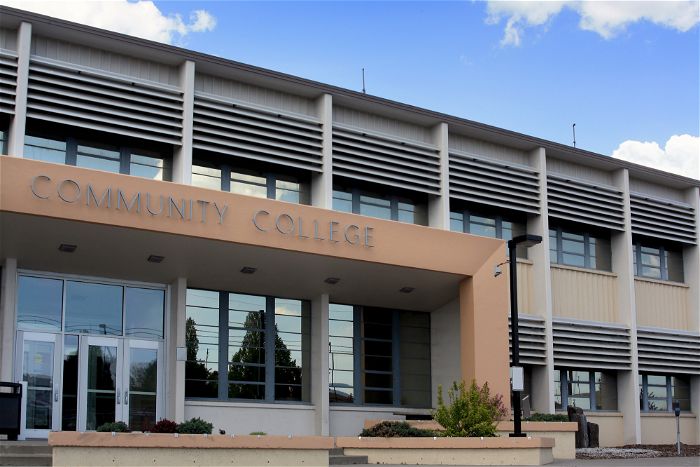Marielena kicks off the conversation by discussing how to offer high quality dual enrollment opportunities without discouraging learners; there’s a fine balance, she says, between holding students accountable and providing them a safe place to learn and feel confident in their ability to complete a college course. Varying state eligibility requirements and costs are the differentiating factors, and erode the ability to provide equity in the dual enrollment process. Instead, she says, the programs should be student-centered, minimizing loopholes and removing unnecessary barriers for students of color, English learners, and students currently experiencing poverty. “The easier we make it for the student, the better,” she says.
Leigh explains why states should support dual enrollment opportunities, describing Oklahoma’s EDGE (Earn a Degree Graduate Early) program, which offers students the opportunity to simultaneously earn an associate’s degree and a high school diploma, free of charge. Tulsa has had great success in engaging students in its EDGE program: the institution begins recruiting in the eighth grade, targeting first-generation students. From there, students prepare in the ninth grade, begin college-level courses in the tenth grade, and take a full slate of college-level courses during their junior and senior years. Family engagement is critical to the program’s success, as are robust wrap-around supports to keep students engaged and motivated. To improve dual enrollment programs like EDGE, Leigh concludes, policymakers should look at the statewide structure for how dual enrollment is delivered and reimbursed, and assess who’s responsible for delivering and sustaining support across K-12 and higher education.








